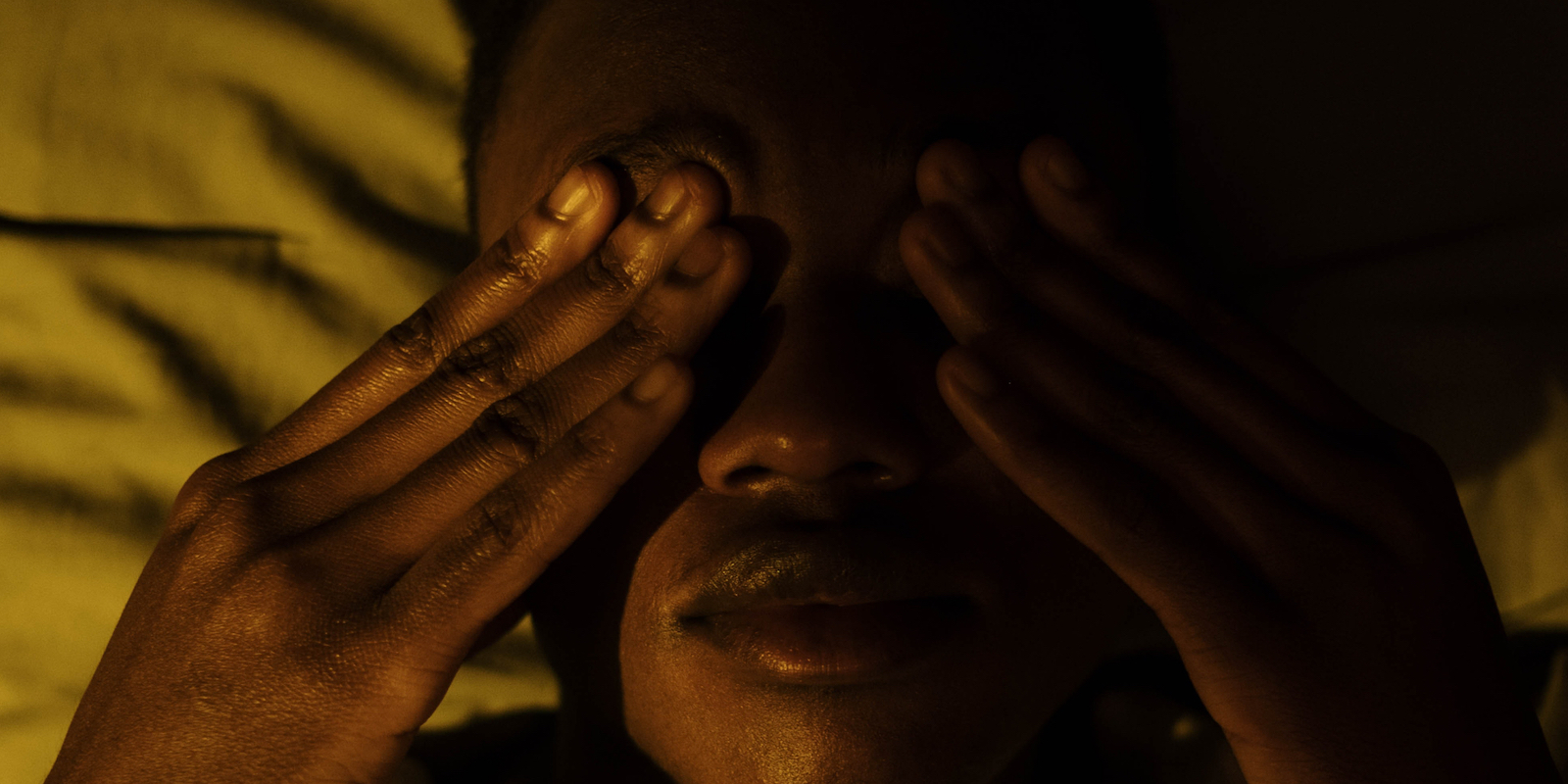For many of us, a sudden energy dip in the mid-afternoon is an inevitable part of every workday. When feeling tired and uninspired after lunch, coffee or snacks can offer a temporary boost, but aren’t exactly sustainable ways to get through the afternoon doldrums. Could your afternoon slump be trying to tell you something important?
Is it normal to have an afternoon slump?
Though many workplaces assume that employees are as machine-like and unchanging as the computers they sit in front of, in reality human beings move through a genetically programmed 24-hour cycle where energy levels rise and fall naturally.
Jeffrey Hall, Michael Rosbash and Michael Young won the Nobel Prize in 2017 for their research into these circadian rhythms, coordinated by the body’s inner clock. Every cell in every tissue of your body is set to follow this biological clock, determining the timing and rhythm of your sleep patterns, appetite, hormone release – and energy levels.
It’s completely normal for energy to fluctuate throughout the day, and a healthy body shifts through a predictable cycle of peaks and troughs. However, pronounced daily energy slumps may be a sign that your body’s natural rhythms have become dysregulated beyond the normal range.
Why your energy declines in the afternoon
A moderate drop in energy can be a normal part of the day, especially for those who have an “early riser” chronotype and a wave of energy before noon. But there are other factors that contribute to a more serious afternoon slump. A closer look at your lifestyle and work habits will help you identify some potential culprits:
- Inactivity: Physical exercise is not just good for the body; research shows it plays a powerful role in gene modulation, and regulates our mood, cognition and energy levels. Hours of sitting or slouching can decrease oxygenation and circulation in the body, making you feel sluggish.
- Blood sugar spikes: It’s no coincidence that afternoon slumps often hit right after a heavy lunch. Sugar and refined carbohydrates can spike insulin, and when it suddenly crashes again, you can feel full and lethargic.
- Physical and mental stress: Prolonged tension can impair your sleep quality, reduce your attention and memory, and even compromise your immune system. Combine this with sensory overload and visual eye strain from staring at screens, and it’s no surprise that fatigue kicks in after a few hours.
- Sleep deprivation and disturbed circadian rhythms: Constantly contradicting our natural sleep/wake patterns can leave us feeling burnt out and exhausted, especially during shift work or when we’re exposed to unnatural light sources late into the night.
Of course, your slump might be the result of all of these, in addition to poor lifestyle habits like overwork and excess caffeine or alcohol intake, or even an untreated medical condition. What all these factors have in common, however, is a lack of balance. Whatever causes us to lose our natural equilibrium, the outcome is often the same: we are emotionally, mentally and physically depleted.
How to overcome the afternoon slump and boost your energy
When your body signals that its battery is running low, resist ignoring the fatigue and take a break to recharge instead. If possible, have a “power nap”, practice yoga nidra or rest for 15 to 45 minutes to refresh body and mind. Block out light and sound and switch off, relaxing every part of your body and slowing your breath.
This playlist includes practices to help you improve concentration and restore balance in the afternoon, even when your monkey mind is running amuck.
Alternatively, you can try increasing your feeling of wakefulness by exposing yourself to natural light, which will encourage wakefulness and alertness. Step outside to soak up some sunlight, or invest in a solar therapy lamp during darker winter months. Physical activity has a similar effect, and will boost circulation – take a simple 10 minute walk outside for fresh air, or practice some quick stretches, deep breathing or desk yoga.
Try a cup of herbal tea or some refreshing water with lemon. As a last resort, some research suggests that chewing gum can improve attention and performance.
In the longer term, however, more significant lifestyle changes are likely to have the most impact:
- Replace empty carbs and sugar at lunch with fruit and vegetables, whole grains, protein and high quality fats, which will keep your energy levels stable for longer.
- Work on your sleep hygiene so that you are routinely getting enough each night. This may mean going to bed earlier, reducing caffeine or eliminating screen time before bed.
- Take control of mental and physical stress by addressing any nagging health concerns, and practicing daily stress management techniques like journaling, therapy, yoga, and regular breaks throughout the day.
How meditation can help
We all understand the importance of good sleep, healthy diet and physical activity. Your body might be telling you that you need to slow down and take it easy. Or it may be telling you to shape up and find ways to energize and motivate yourself. But the question is, when energy flags, what’s the best approach –
Listen to the body and rest?
Or push against fatigue, finding ways to energize ourselves?
In other words, do we rest or recharge? Meditation can help us decide.
With mindful awareness, we can turn inward and assess what’s needed for us to self-regulate. If we’re in the habit of ignoring our intuition and bodily signals, we may push on and ignore our body’s warning signs.
With meditation, however, we can become conscious of the flow of our emotions, energy levels and mental state throughout the day, making fine adjustments and course corrections before we crash and hit an energy slump. Mindfulness and meditation can help you choose the approach that will bring you balance. In this way, meditating when you’re at your lowest ebb can have the biggest results.
Run a “diagnostic” – a quick body awareness meditation
- Step away from your work and find a place where you won’t be interrupted. Get comfortable and take a few deep breaths to relax your muscles. Close your eyes.
- Tune out the stresses and worries of the day and come to focus on your breath. Sink into the present moment and simply become aware of the sensation of breath entering and leaving your body. If your mind wanders, gently bring it back to the breath.
- Now, imagine that your conscious awareness is a beam of light. With loving attention, become aware of each part of your body, noticing the sensations there. Without judgment, notice if you are tense, fatigued, hungry, overstimulated, and so on.
- Turn the beam of awareness inwards and notice what thoughts and feelings connect with these bodily sensations. For example, you may notice that the tightness in your jaw and neck relates to anxious thoughts and fearful feelings.
- Finally, ask your body what it most needs in this moment. Are muscle tensions asking to be released? Are tired eyes asking for rest?
- Gently open your eyes, take a few deep breaths and carry on with your day, taking the steps you’ve identified to restore balance.
Some days, this quick meditation may inspire you to take a brisk walk outside, and other days you may discover what you most need is a glass of water and a quiet break. The beauty of this technique is that, instead of blindly following conventional wisdom, you tune into your body’s inbuilt wisdom, giving it precisely what it needs in each moment.
If you like this practice, explore more than 1,000 body scan meditations on Insight Timer – for free!
Conclusion
Nature is always changing and humans, being a part of nature, change along with it. But we always have the choice to become aware of ourselves, and act to regulate our emotions, thoughts and behaviors.
Mindfulness teaches us to be aware of the rises and falls of life, the shifts and changes, the highs and lows. Our inner states are fleeting and impermanent – but our conscious awareness is always there, unchanging, like a control panel for our lived experience. When we are mindful, we can always find balance and equanimity, even as we navigate daily change.
Read more: Identifying your natural energy cycles is one important factor to find the workday schedule that’s best for you.







